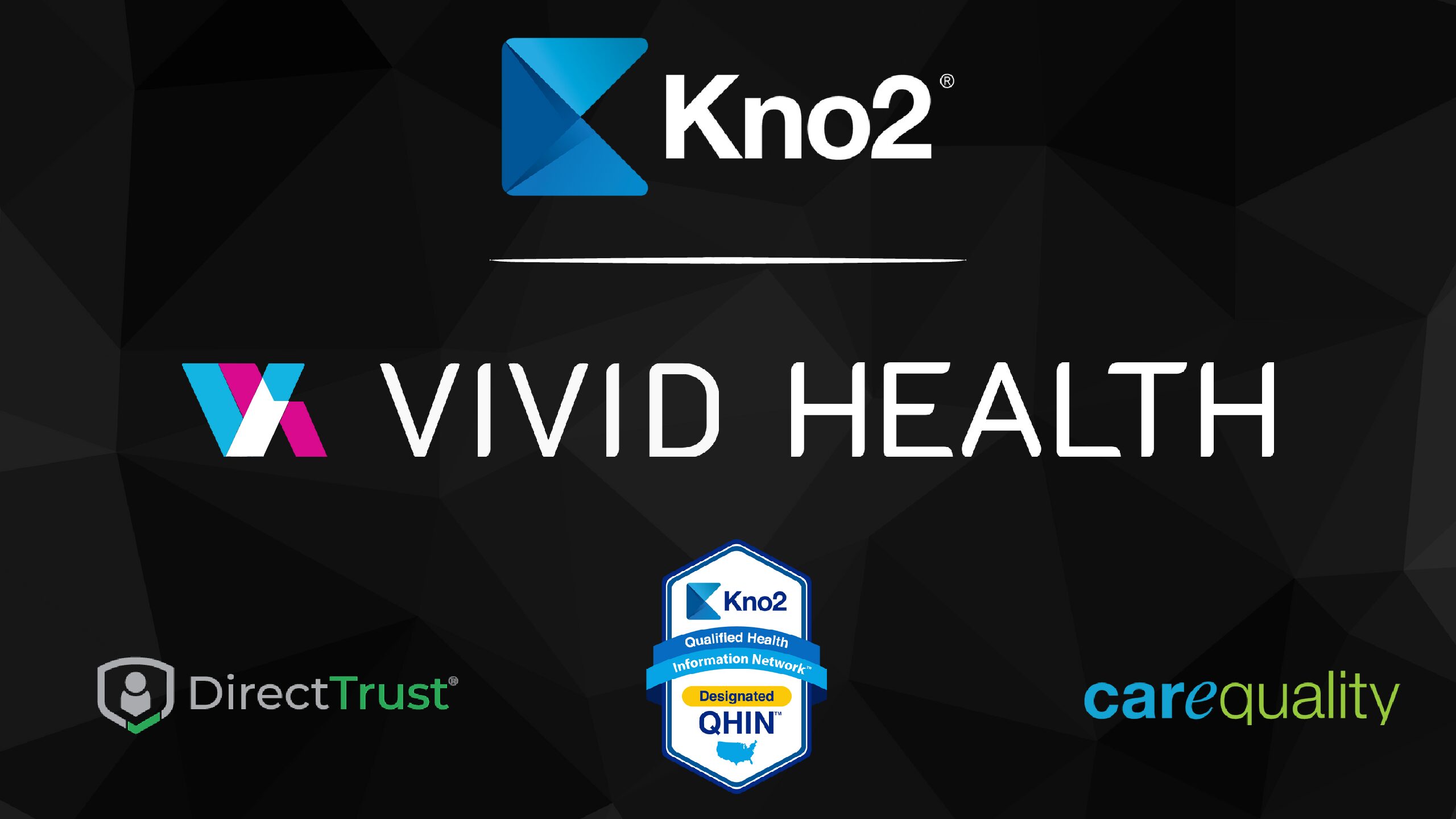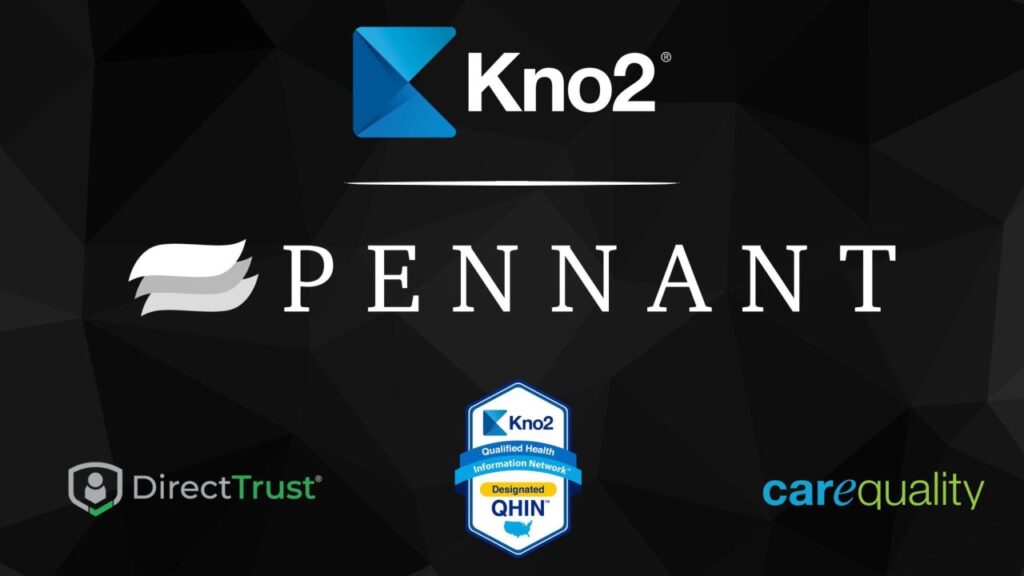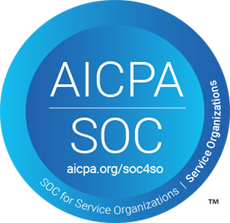Connected healthcare is revolutionizing the medical industry, promising better patient outcomes, improved efficiency, and enhanced collaboration among healthcare professionals. At the heart of this transformation lies interoperability. In simple terms, interoperability is the ability of two disparate systems to communicate effectively. To understand connected healthcare, we must first grasp the concept of interoperability and how it serves as the foundation for a seamlessly integrated healthcare system.
The Basics of Interoperability
Interoperability, stripped of its technical jargon, refers to the capability of different systems to exchange and interpret shared data accurately. Imagine two doctors from different hospitals needing to discuss a patient’s case. In the early 90s, this would involve phone calls or mailed letters—methods that, while effective, were not scalable. Interoperability ensures that these communications can happen quickly, accurately, and on a much larger scale.
Historical Context: Pre-Digital Interoperability
In the past, interoperability existed in its most basic form. As a physician in the early 90s, you might not have had a cell phone, but you had a landline. Communication with another doctor could be achieved through mail or a phone call. While these methods worked, they were slow and cumbersome, not allowing for real-time collaboration. Furthermore, it wasn’t feasible to be always available for such communications without sacrificing the ability to see patients and practice medicine.
The Evolution to Digital Interoperability
The shift from paper charts to electronic health records (EHRs) marked the first step in healthcare’s digital transformation. Digitization allowed for easier data storage, retrieval, and movement. However, a new challenge emerged: EHR systems, developed rapidly and independently, often spoke different “languages.” This lack of a common language meant that systems couldn’t effectively communicate, hindering the potential benefits of digitization.
The Interoperability Initiative
To address this, the interoperability initiative was born. This initiative focuses on creating standardized methods for data exchange. Think of EHRs as countries with their own languages. For effective communication, a standardized language or translation method is necessary. This involves establishing data standards, data architecture standards, and data communication standards, ensuring that information like lab results means the same thing across different systems.
Technical Aspects: The Plumbing of Data
Interoperability involves not only data standards but also the technical infrastructure—the “plumbing”—that enables data to flow between systems. This includes various standards and protocols such as IHE (Integrating the Healthcare Enterprise), HL7 (Health Level Seven International), CDA (Clinical Document Architecture), and FHIR (Fast Healthcare Interoperability Resources). These standards function like grammar rules, ensuring data is packaged, classified, and moved correctly.
Practical Implications: Meaningful Communication
While technical standards are crucial, the ultimate goal of interoperability is meaningful communication. Meaningful communication ensures that data exchanged between systems is actionable and beneficial. It’s not enough to merely send and receive data; the information must be understood and used effectively by the receiving party. This concept can be likened to speaking a language fluently—it’s not just about knowing the words but also understanding their context and meaning.
Interoperability in Action: Real-World Examples
Let’s explore some real-world scenarios where interoperability makes a significant impact.
- Improved Patient Care: Consider a patient who has recently been discharged from a hospital and needs follow-up care from their primary care physician. With interoperable systems, the primary care physician can quickly access the patient’s hospital records, including discharge notes, lab results, and prescribed medications. This seamless access to information ensures continuity of care and reduces the risk of medical errors.
- Enhanced Collaboration Among Healthcare Providers: In a multi-disciplinary approach to patient care, various specialists need to collaborate. For instance, an oncologist, a radiologist, and a surgeon may need to discuss a cancer patient’s treatment plan. Interoperable systems enable these specialists to share and review the patient’s records in real-time, leading to more informed decision-making and coordinated care.
- Efficient Healthcare Administration: Interoperability also streamlines administrative processes. Insurance companies can quickly verify patient coverage and process claims when they have access to standardized health data. This reduces administrative burdens on healthcare providers and speeds up the reimbursement process.
Overcoming Challenges in Achieving Interoperability
While the benefits of interoperability are clear, achieving it is not without challenges.
- Data Privacy and Security: One major concern is ensuring the privacy and security of health data. Interoperable systems must comply with regulations like the Health Insurance Portability and Accountability Act (HIPAA) to protect patient information. Implementing robust encryption and access controls is essential to maintaining data security.
- Standardization and Adoption: Another challenge is the adoption of standardized data formats and communication protocols. Healthcare organizations must invest in upgrading their systems to be compliant with interoperability standards. Additionally, training healthcare professionals to use these systems effectively is crucial for successful implementation.
- Technical Infrastructure: Building and maintaining the technical infrastructure for interoperability can be complex and costly. Healthcare organizations need to invest in reliable networks, data storage solutions, and integration technologies to support seamless data exchange.
The Future of Connected Healthcare
The future of connected healthcare lies in continuous advancements in interoperability. Emerging technologies like artificial intelligence (AI) and machine learning (ML) have the potential to further enhance data exchange and interpretation. For instance, AI-powered systems can analyze vast amounts of health data to provide predictive insights, enabling proactive patient care.
Patient-Centered Care
Interoperability also paves the way for more patient-centered care. With interoperable systems, patients can have greater access to their health information, empowering them to make informed decisions about their care. This transparency fosters trust and engagement between patients and healthcare providers.
Global Health Initiatives
On a larger scale, interoperability can support global health initiatives by facilitating the exchange of health data across borders. This is particularly important for addressing global health crises, where timely access to accurate information can save lives.
It’s All About Connection
Understanding connected healthcare begins with grasping the foundational concept of interoperability. By enabling disparate systems to communicate effectively, interoperability transforms healthcare into a more efficient, collaborative, and patient-centered ecosystem. As we continue to advance in this digital age, the importance of interoperability will only grow, driving innovation and improving health outcomes worldwide. Through meaningful communication, we can unlock the full potential of connected healthcare, making a positive impact on patients and healthcare providers alike.








